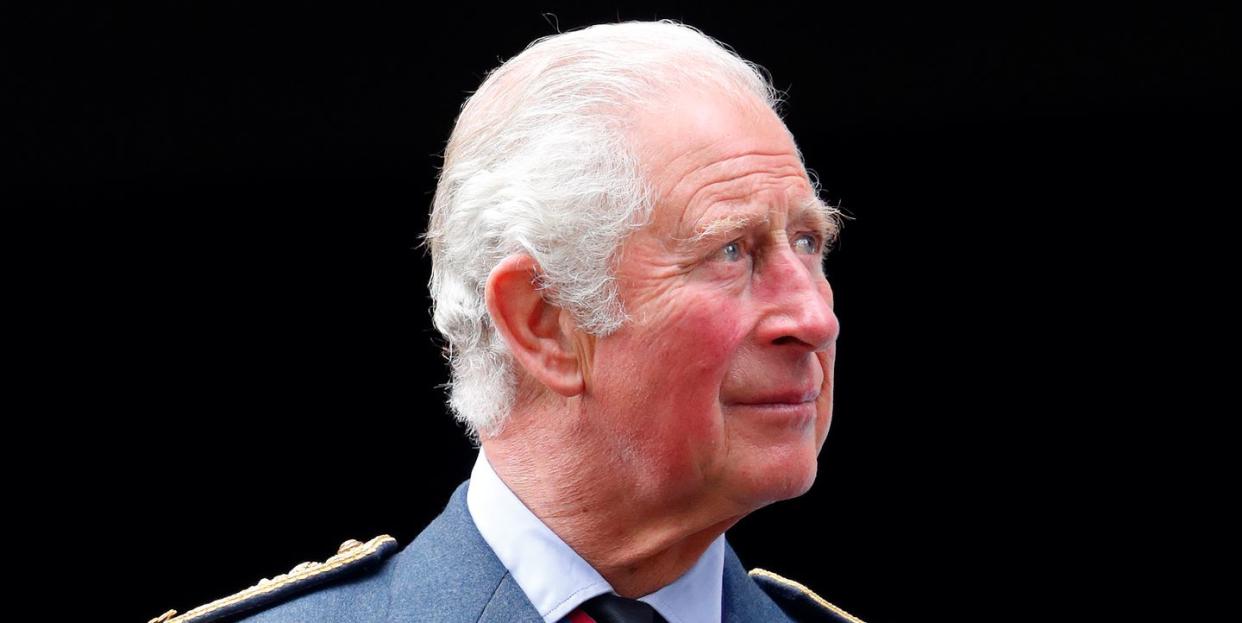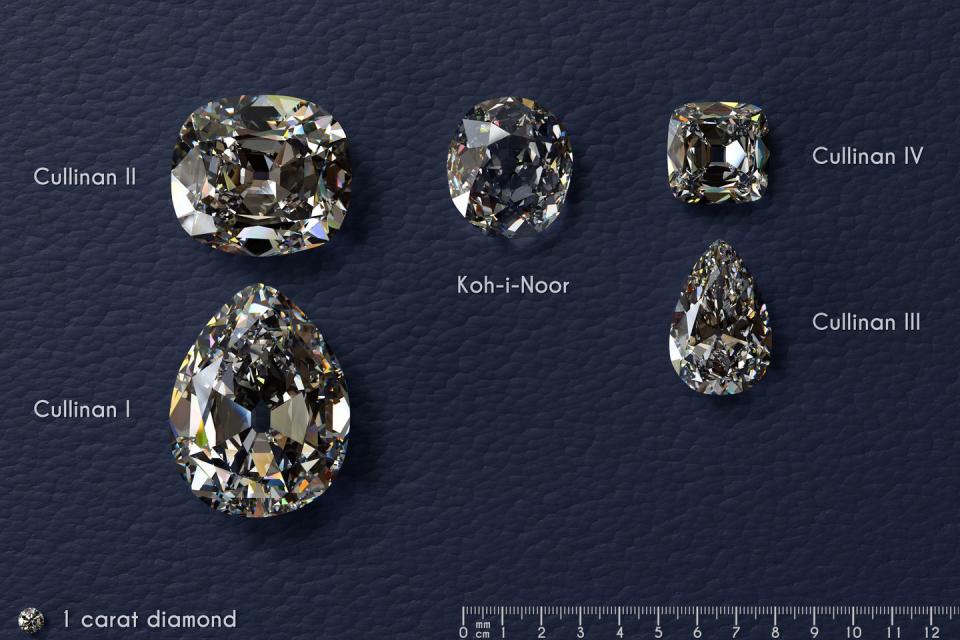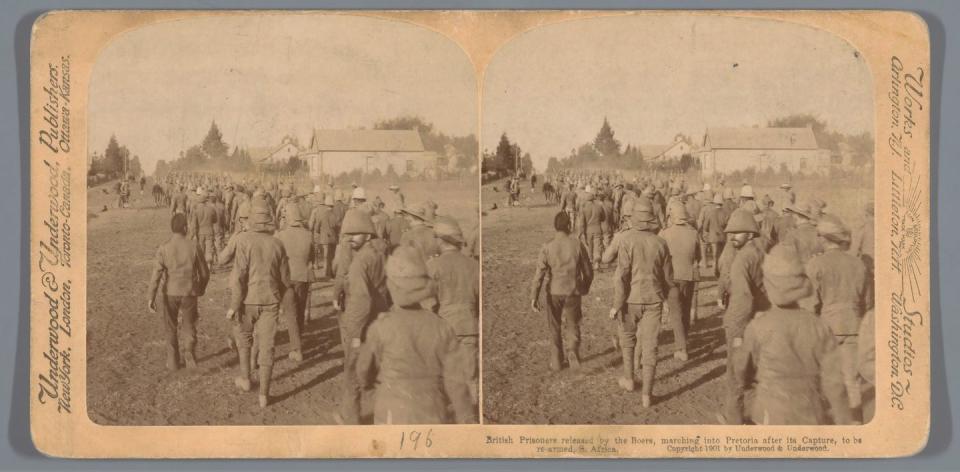South Africa Would Like King Charles to Give Back the Big Diamond, Please

The Royal Family sought to avoid controversy by removing the Kohinoor diamond from the coronation proceedings.
However, the choice of replacement jewels are no less controversial.
The Cullinan diamond's colonial origins has some South Africans asking for the jewel back
It's easy for many to see the May 6 coronation of King Charles III as little more than a fun bit of pomp and circumstance, to write the Royal Family off as figureheads of a bygone, almost-fairytale time. But we're not very far removed from a time where the British Empire was a real, robust, dominating, and inarguably destructive force throughout the world, and those whose ancestry have felt the effects of that Empire don't need to look very far to see the remnants of that colonial cruelty amidst this "kinder, gentler" monarchy. In fact, some of those remnants are going to factor into the forthcoming coronation.
"When Buckingham Palace announced in February that Camilla, Queen Consort, would not be crowned with the controversially-= sourced Kohinoor diamond during King Charles III’s coronation on May 6, some lauded this as a diplomatic gesture," TIME begins its report about the latest controversy to rock King Charles's coronation. That's because the Kohinoor diamond was obtained "via coercion of the 11-year-old emperor of the Sikhs, Maharaja Duleep Singh, in the 19th century."
However, the palace chose to replace the Kohinoor diamond with the Cullinan III, IV, and V, which are cut from the equally controversially sourced Cullinan diamond of South African origin.

Of the Cullinan, TIME notes that:
"The Cullinan, originally 3,100 carats, was mined near the capital city of Pretoria. The gemstone was cut into nine large stones and around 100 smaller ones. The Cullinan I, the largest cut, is a 530-carat diamond known as the “Star of Africa,” which will be set in the royal scepter that King Charles III will hold at his coronation on Saturday. The Cullinan II, a smaller diamond, is also set in the Imperial State Crown, while the rest of the gems remain part of the crown jewels displayed in the Tower of London."
As for how it found its way into the possession of the Royal Family to begin with, the origins are murky. The diamond was discovered in 1905, when South Africa was still under the brutal colonial rule of the British Empire, "leading some historians to argue that those who gifted the gemstone to King Edward VII in 1907 were never its rightful owners."
It was offered up to King Edward VII in the wake of the Second Boer War and the annexation of the Transvaal Republic, likely as a means by which to smooth over relations between the local colonial rulers and the monarchy.

In the wake of this renewed attention on the origins of some of the Crown Jewels, some South Africans have decided to speak out.
Speaking to Reuters, Mothusi Kamanga, a lawyer and activist in Johannesburg, said that "The diamond needs to come to South Africa. It needs to be a sign of our pride, our heritage and our culture." Kamanga has launched a petition calling for the return of the stone, which has received 8,000 signatures and growing, and says, "I think generally the African people are starting to realise that to decolonise is not just to let people have certain freedoms, but it's also to take back what has been expropriated from us."
With mounting public pressure, and the desperate need the royal have for a new PR strategy, perhaps the way forward is to only conduct official royal ceremonies with items they own which were not obtained via coercion, murder, or the cruel hand of colonialism.
In other words, King Charles might want to see if he can still get that Burger King crown he was offered.
You Might Also Like

